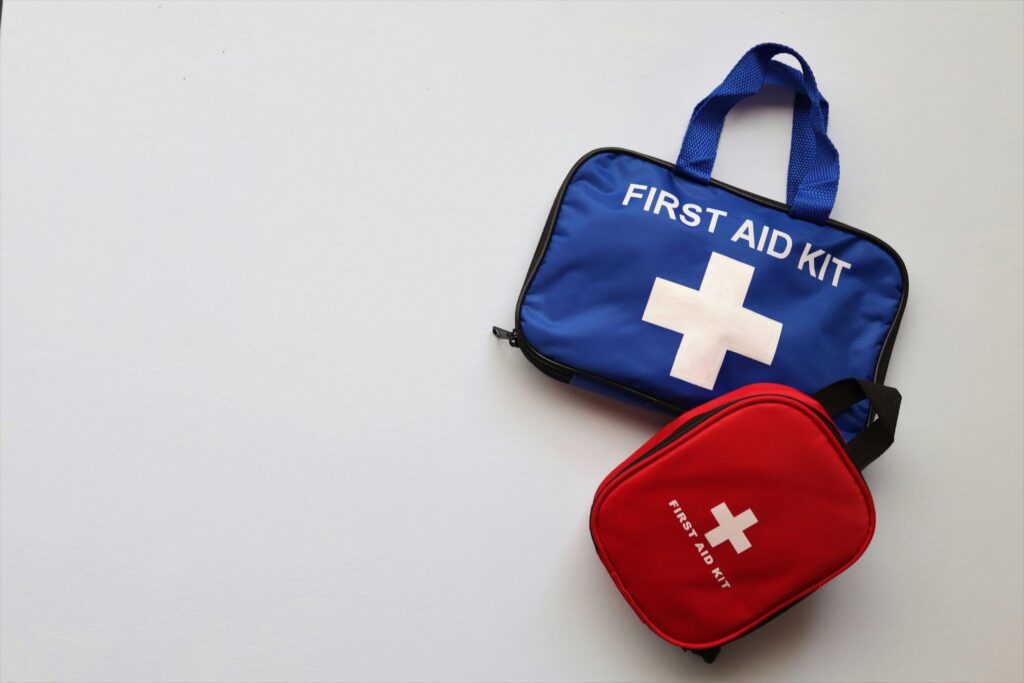A nanny’s nurturing touch can have a profound impact on the well-being of the babies in their care. Infants, especially those who are fussy or experiencing discomfort, can greatly benefit from the soothing power of baby massage and other calming techniques. These practices not only provide physical relief but also create a serene environment that enhances bonding and promotes relaxation.

Benefits of Infant Massage
Baby massage is a powerful tool in a nanny’s repertoire. It helps ease tension, release trapped gas, alleviate colic symptoms, and aid in digestion. Beyond physical relief, baby massage stimulates the release of oxytocin, the “love hormone,” which enhances the emotional bond between the nanny and the baby. By incorporating baby massage into your caregiving routine, you can connect with the baby on a deeper level, fostering a sense of security, trust, and love.
Incorporating these practices into your caregiving routine can transform your experience as a nanny. Engaging in baby massage and soothing techniques becomes an opportunity for connection, communication, and deepening the bond between you and the baby. Witnessing the baby’s relaxation and contentment brings joy and fulfilment that comes from providing comfort and care.
Bonding and Attachment
Baby massage strengthens the emotional bond between the caregiver and the baby, fostering a sense of security, trust, and love.
Relaxation and Sleep
Gentle strokes and rhythmic movements during massage can help soothe the baby’s nervous system, promote relaxation, and improve sleep patterns.
Relief from Discomfort
Massage techniques can provide relief from common discomforts such as gas, colic, teething, and constipation, aiding in digestion and overall well-being.

Enhanced Development
By stimulating the baby’s senses through touch, massage encourages healthy physical and cognitive development, including body awareness and sensory integration.
Stress Reduction
Both the baby and the caregiver can experience reduced stress levels during massage sessions, leading to a calmer and more peaceful environment.
Soothing Techniques for a Fussy Baby
As a nanny, embracing the power of baby massage and soothing techniques allows you to elevate your caregiving to new heights. By incorporating these techniques into your routine, you create an environment of love, peace, and tranquillity—a haven where both you and the little ones can thrive.

Gentle Strokes
Use soft, gentle strokes with your fingertips or palms to massage the baby’s body, starting from the head and moving down to the toes. Adjust the pressure based on the baby’s comfort level.
Warmth and Comfort
Create a warm and cosy environment for the baby by using a soft blanket, dimming the lights, and playing soothing music.
Calming Techniques
Explore techniques such as gentle rocking, swaying, or carrying the baby in your arms to provide a sense of security and calmness.
Infant Swaddling
Swaddling the baby snugly in a soft blanket can mimic the feeling of being in the womb, providing comfort and reducing startle reflexes.

Music and Rhythm
Play soft lullabies or gentle nature sounds to create a soothing auditory atmosphere that can help relax the baby.
Creating a Serene Environment
Creating a serene environment that promotes relaxation and optimal well-being can help optimise the benefits of baby massage and other soothing techniques.
Choose a Quiet Space
Find a quiet and peaceful room where you can engage in massage and soothing techniques without distractions.
Warmth and Comfort
Ensure the room is comfortably warm, free from drafts, and with a soft surface for the baby to lie on.

Use Baby-Friendly Oils
Select natural, baby-friendly oils such as coconut or almond oil for massage, ensuring they are safe for the baby’s delicate skin.
Soft Lighting
Use soft, dim lighting or natural daylight to create a serene ambience that promotes relaxation.
Follow the Baby’s Cues
Pay attention to the baby’s signals and cues, respecting their preferences and adjusting your techniques accordingly.
To further enhance your knowledge and skills in maternity nursing, consider enrolling in the Maternity Nursing: The First Year course offered by the International Nanny Institute (INI). This comprehensive course provides in-depth expertise in bonding, attachment, and nurturing care during the critical first year of a baby’s life. By enrolling in this course, you will gain practical strategies, learn from experienced instructors, and earn a recognised certification that will elevate your career as a professional nanny or maternity nurse. Don’t miss the opportunity to make a meaningful difference in the lives of infants and their families.

Enrol in Maternity Nursing: The First Year today and embark on a rewarding journey of knowledge and compassionate care.
















































